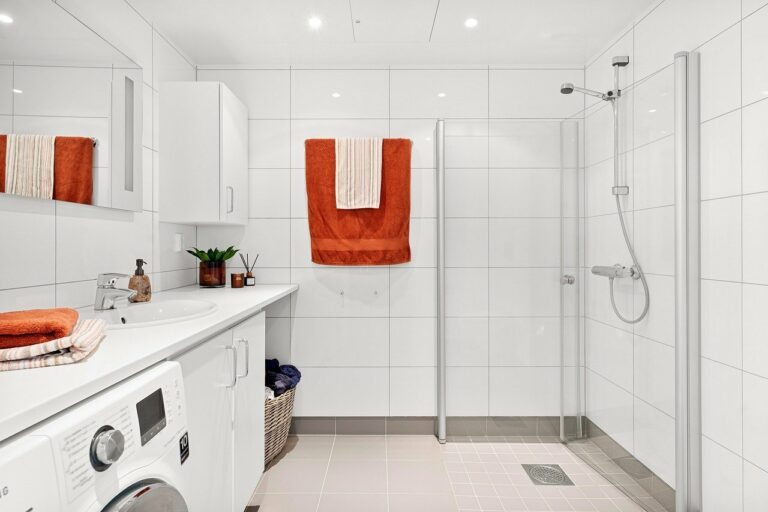The Benefits of Smart Ventilation Systems: Betbook250 com login, 11xplay reddy login, Yolo247
betbook250 com login, 11xplay reddy login, yolo247: Smart ventilation systems are revolutionizing the way we control the airflow in our homes and businesses. These innovative systems use sensors and automated technology to optimize ventilation and maintain indoor air quality. The benefits of smart ventilation systems are numerous and can greatly improve the comfort and health of occupants. In this article, we will explore the advantages of installing a smart ventilation system in your space.
1. Improved Indoor Air Quality
One of the primary benefits of smart ventilation systems is their ability to monitor and control indoor air quality. These systems can detect pollutants such as carbon dioxide, volatile organic compounds, and particulate matter, and adjust the ventilation accordingly to ensure a healthy indoor environment.
2. Energy Efficiency
Smart ventilation systems are designed to operate more efficiently than traditional ventilation systems. By monitoring occupancy levels and outdoor air quality, these systems can adjust the ventilation rates to minimize energy consumption while maintaining indoor air quality.
3. Cost Savings
Due to their energy-efficient operation, smart ventilation systems can lead to cost savings on utility bills. By reducing energy consumption and optimizing airflow, these systems can help lower heating and cooling costs while improving indoor comfort.
4. Enhanced Comfort
Smart ventilation systems can also improve the comfort of occupants by maintaining consistent indoor air quality levels. By adjusting ventilation rates based on occupancy and outdoor air conditions, these systems can prevent stuffiness and stale air, creating a more pleasant indoor environment.
5. Health Benefits
Poor indoor air quality can have a negative impact on health, leading to respiratory issues, allergies, and other health problems. Smart ventilation systems help to remove pollutants and maintain optimal indoor air quality, reducing the risk of health problems associated with poor air quality.
6. Remote Monitoring and Control
Many smart ventilation systems offer remote monitoring and control capabilities, allowing users to monitor indoor air quality and adjust ventilation settings from anywhere using a smartphone or computer. This level of control and convenience makes it easy to ensure that your space is always comfortable and healthy.
FAQs
Q: How does a smart ventilation system work?
A: Smart ventilation systems use sensors to monitor indoor air quality and occupancy levels. Based on this data, the system adjusts the ventilation rates to maintain optimal indoor air quality while minimizing energy consumption.
Q: Are smart ventilation systems expensive to install?
A: While smart ventilation systems may have a higher upfront cost compared to traditional ventilation systems, the long-term cost savings on energy bills can make them a cost-effective investment.
Q: Can a smart ventilation system help reduce allergens in the air?
A: Yes, smart ventilation systems can help reduce allergens in the air by constantly monitoring and filtering indoor air to maintain optimal air quality.
In conclusion, smart ventilation systems offer a range of benefits, including improved indoor air quality, energy efficiency, cost savings, enhanced comfort, and health benefits. By investing in a smart ventilation system, you can create a healthier, more comfortable indoor environment for you and your occupants.






